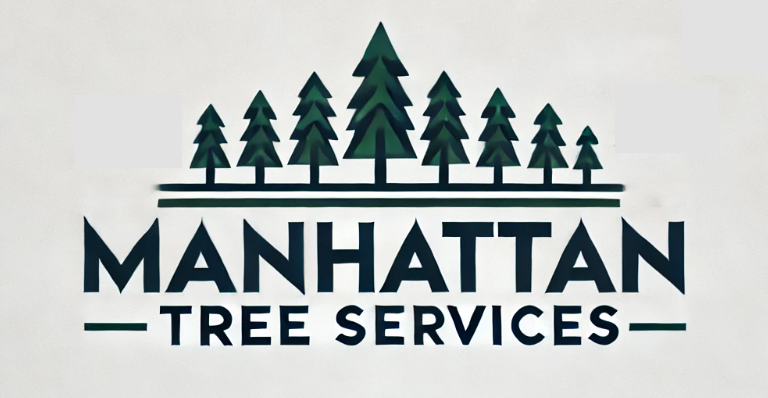We all know our city is known as the concrete jungle, but lately, it seems a new villain has crash-landed in our tree canopy: the spotted lanternfly. This brightly colored invader has a taste for our trees, and if left unchecked, it could wreak havoc on our beloved urban oasis.
But fear not, fellow New Yorkers! Just like every superhero needs their origin story, let’s get you prepped on the spotted lanternfly threat.
The Spotted Lanternfly: A New York Nightmare
Imagine a bug that looks like it escaped from a psychedelic cartoon, with flashy red underwings and black spots. Now imagine that same bug munching on your favorite park trees, leaving behind a sticky mess and potentially weakening the entire ecosystem. That’s the spotted lanternfly in a nutshell (or, more accurately, a spotted shell).
Here’s a breakdown of why these little guys are a big problem:
| Threat | Impact |
|---|---|
| Tree Damage | Spotted lanternflies feed on a wide variety of trees, including favorites like maples, oaks, and even our beloved street trees. Their feeding weakens the trees, making them more susceptible to disease. Imagine walking down a vibrant autumn street, only to see the leaves wilting and falling prematurely because of these flashy flies! Not our idea of a picturesque fall. |
| Economic Impact | Healthy trees are essential for our city’s economy. They provide shade, reduce air pollution, and even increase property values. Widespread tree damage caused by spotted lanternflies could have a significant financial impact. Let’s face it, nobody wants their property value dropping because of a bug invasion. |
| Messy and Sticky | Spotted lanternflies excrete a sugary substance called “honeydew” as they feed. This honeydew attracts other insects like flies and wasps, creating a sticky, unpleasant mess on sidewalks, cars, and anything else below the infested tree. Nobody wants their morning commute ruined by stepping in a puddle of spotted lanternfly leftovers. That’s just gross. |
Why You Need an Arborist Superhero
So, the spotted lanternfly is a problem. But what can you, a regular New Yorker, do about it? Let’s be honest, battling a bug invasion on your own isn’t exactly the most glamorous way to spend your weekend. That’s where the arborists at Manhattan Tree Services swoop in, ready to save the day (and your trees)!
Here’s why a certified arborist is your best bet against the spotted lanternfly:
- Identification: These flashy flies can look different depending on their life stage. A trained arborist can accurately identify spotted lanternflies at any stage, ensuring you’re targeting the right enemy. Think of them like tree detectives, with the skills to spot the culprit before they cause major damage.
- Treatment Options: There’s no one-size-fits-all solution for spotted lanternfly control. The best approach depends on the size and location of the infestation. Our arborists have access to a variety of treatment options, from targeted insecticides to the installation of special traps. They’ll assess the situation and develop a customized battle plan to eliminate these invaders.
- Tree Health: Even if you manage to control the spotted lanternflies, your trees might need some TLC to recover from the damage. Arborists can assess the overall health of your trees and recommend additional care, like fertilization or pruning, to help them bounce back stronger. They’re basically tree doctors, ensuring your urban green space gets the care it needs to thrive.
The Ailanthus Problem: An invasive Twist
Here’s a plot twist worthy of a New York minute: the spotted lanternfly loves to munch on the Tree of Heaven (Ailanthus altissima). Now, don’t get us wrong, these fast-growing trees might offer some shade in the summer heat. But the Ailanthus is another invasive species to contend with. They crowd out native species and can weaken the overall ecosystem.
The Good News?
By controlling spotted lanternflies, we can also help protect other trees (including yours!) from this harmful pest. Plus, removing Ailanthus trees creates opportunities for native species to thrive. Think of it as a two-for-one deal – we get rid of the bad guys and make way for the good guys (the beautiful, native trees we all love).
The spotted lanternfly may be a flashy villain, but it’s no match for the combined power of informed New Yorkers and qualified arborists. Now that you’re armed with the knowledge of this invasive pest, you can take action to protect our city’s precious trees.
Here’s what you can do:
- Be vigilant: Keep an eye out for spotted lanternflies on your property and in your neighborhood. Look for the telltale red underwings and black spots, or the sticky honeydew they leave behind. Early detection is key to preventing a major infestation.
- Report sightings: If you spot a spotted lanternfly, report it immediately to the New York State Department of Agriculture and Markets. They have a dedicated hotline and online reporting system to track infestations: (https://agriculture.ny.gov/spottedlanternfly)
- Call in the arborist superheroes! Don’t try to battle these sticky foes alone. The certified arborists at Manhattan Tree Services have the expertise and experience to effectively control spotted lanternfly infestations. They can assess the situation and ensure the safety of your trees and your property.
Together, we can keep our city’s trees healthy and vibrant. Let’s send the spotted lanternfly packing and reclaim our NYC green haven! Contact Manhattan Tree Services today for a free consultation!


